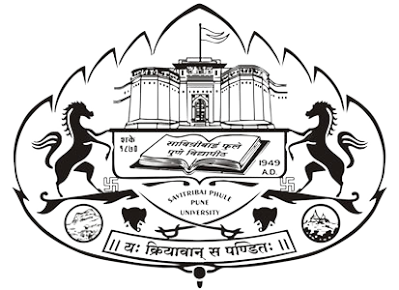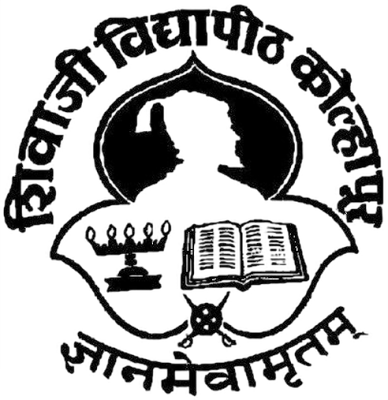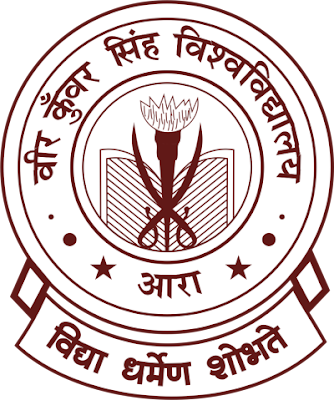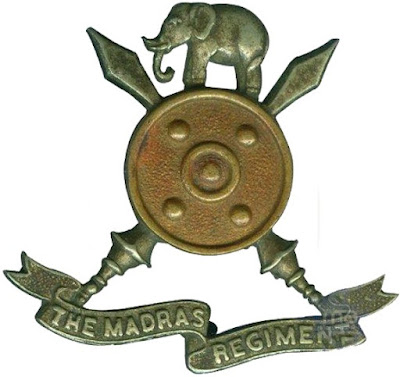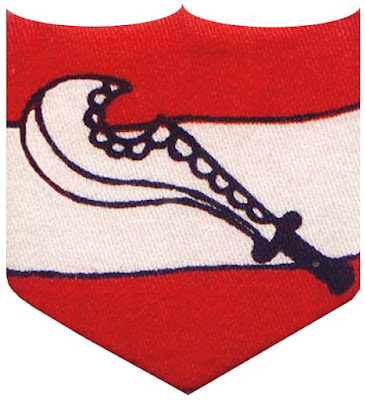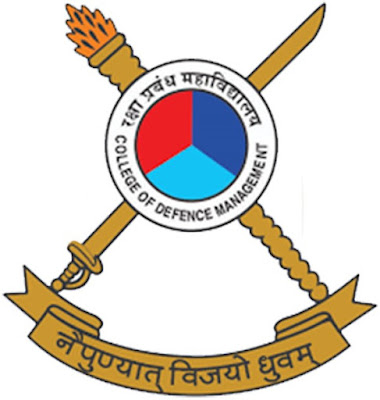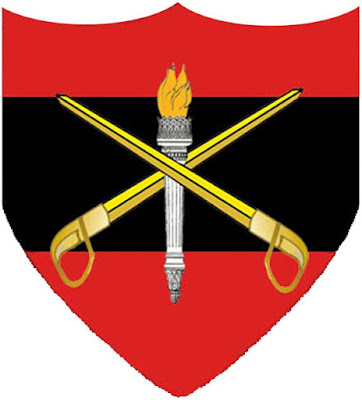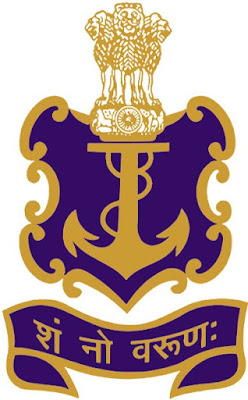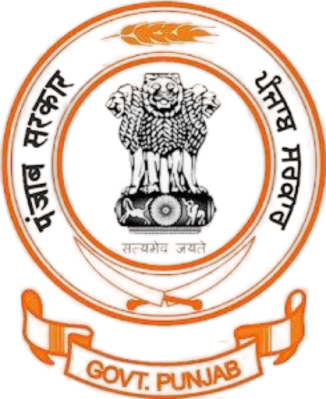JHARKHAND RAKSHA SHAKTI UNIVERSITY

JHARKHAND RAKSHA SHAKTI UNIVERSITY The emblem of Jharkhand Raksha Shakti University (JRSU) has an orange circle which holds a shield topped by a pair of crossed swords. The shield holds the motifs of an open book supporting a traditional lamp. The circle is surmounted by its name and supported by a pair of laurels. At the bottom, on a banner its motto in Sanskrit ‘ज्ञानम् विज्ञान सहितं’ meaning ‘Knowledge with Science’ is inscribed. The shield symbolises protection, courage, heritage, authority and bravery; the open book denotes education, learning, knowledge and wisdom; the traditional lamp symbolises light, illumination, awakening, devotion, purity, guidance, protection, hope and prosperity; the crossed swords denote stands for safety, protection, readiness to overcome difficulties, power, valiance and cooperation and the laurels denote ceremonies, victory, achievement, hard work and dedication.
